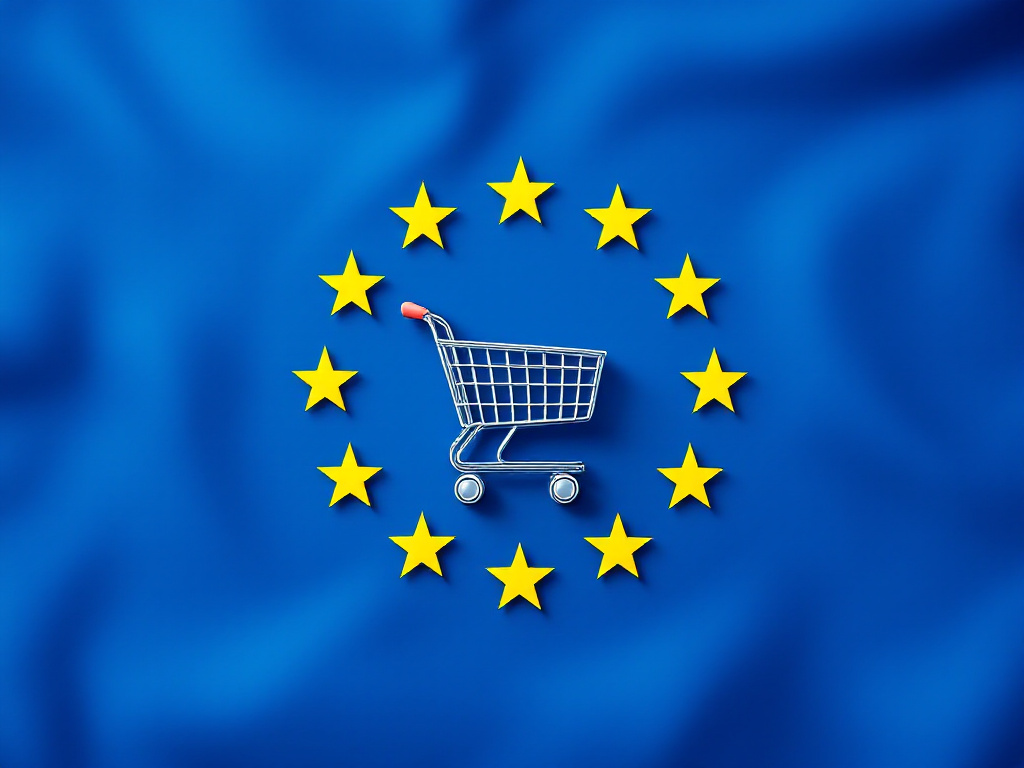

I can’t argue about the historic relevance; The article you linked is from 2020, the issues from early 2019. The original matrix developing company seems to have deep ties as described, yes.
But:
If you follow the very first link I. The article you can read the history of the matrix protocol itself. It shows where and when the matrix protocol was separated from this company and what the status quo seems to be:
https://en.m.wikipedia.org/wiki/Matrix_(protocol)#History
From this it seems clear to me that the information from this article are by now obviously outdated with KDE and Mozilla two big mentioned community projects that are involved.
Wikipedia as primary source is not well suited, but the fact that the article linked to it themselves seem to show that they relied on the back then status quo.
In short: in 2017 they would be absolutely right, in 2020 there were still huge issues - but by now those are mostly addressed or are unknown.








In the sense of okhams razor it’s also possible that you’re just more sensibilized to the term.
It would be a fun experiment to next time first check YouTube before looking it up elsewhere, just to eliminate the chance that the information vector is before the search.
From there then come various other possibilities (from behaviour based prediction to Lemmy profe linking).
Just to widen the search area!